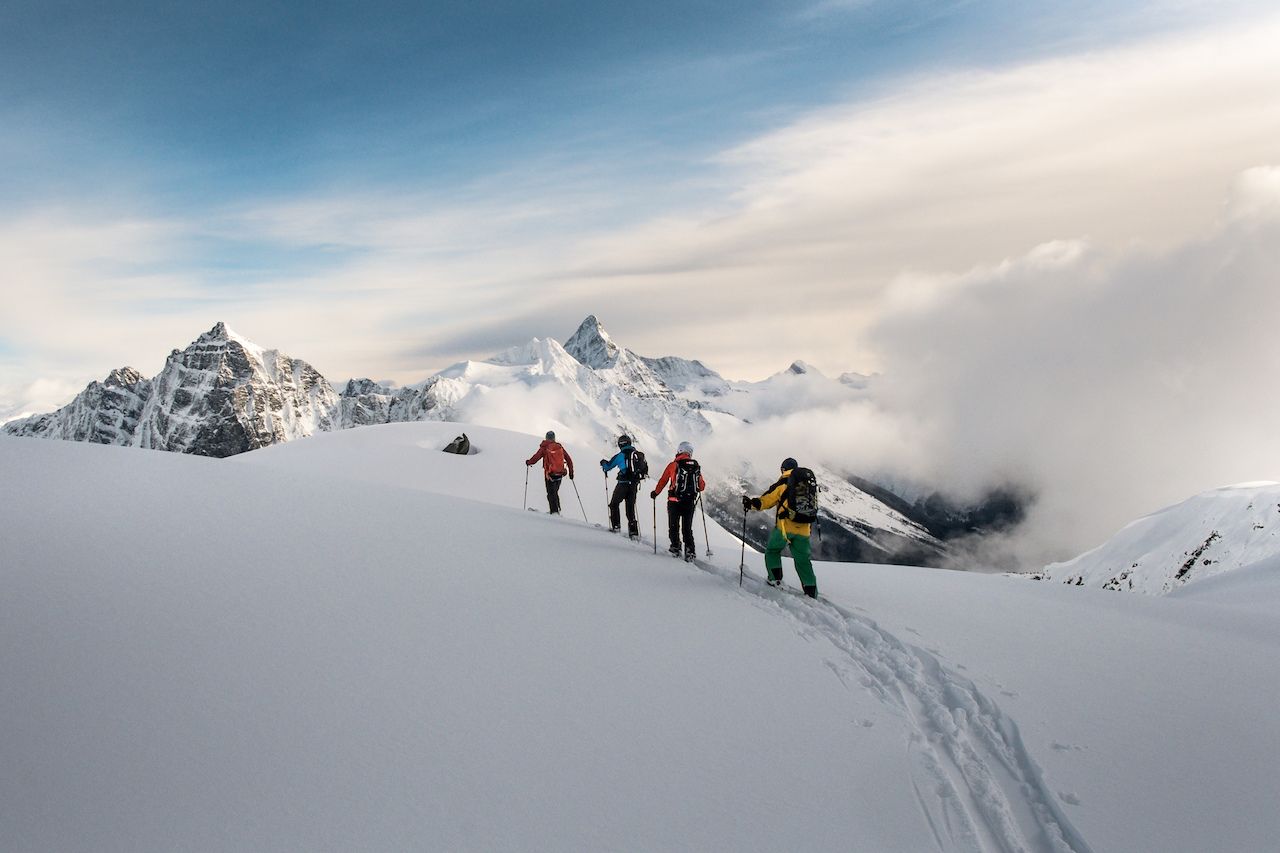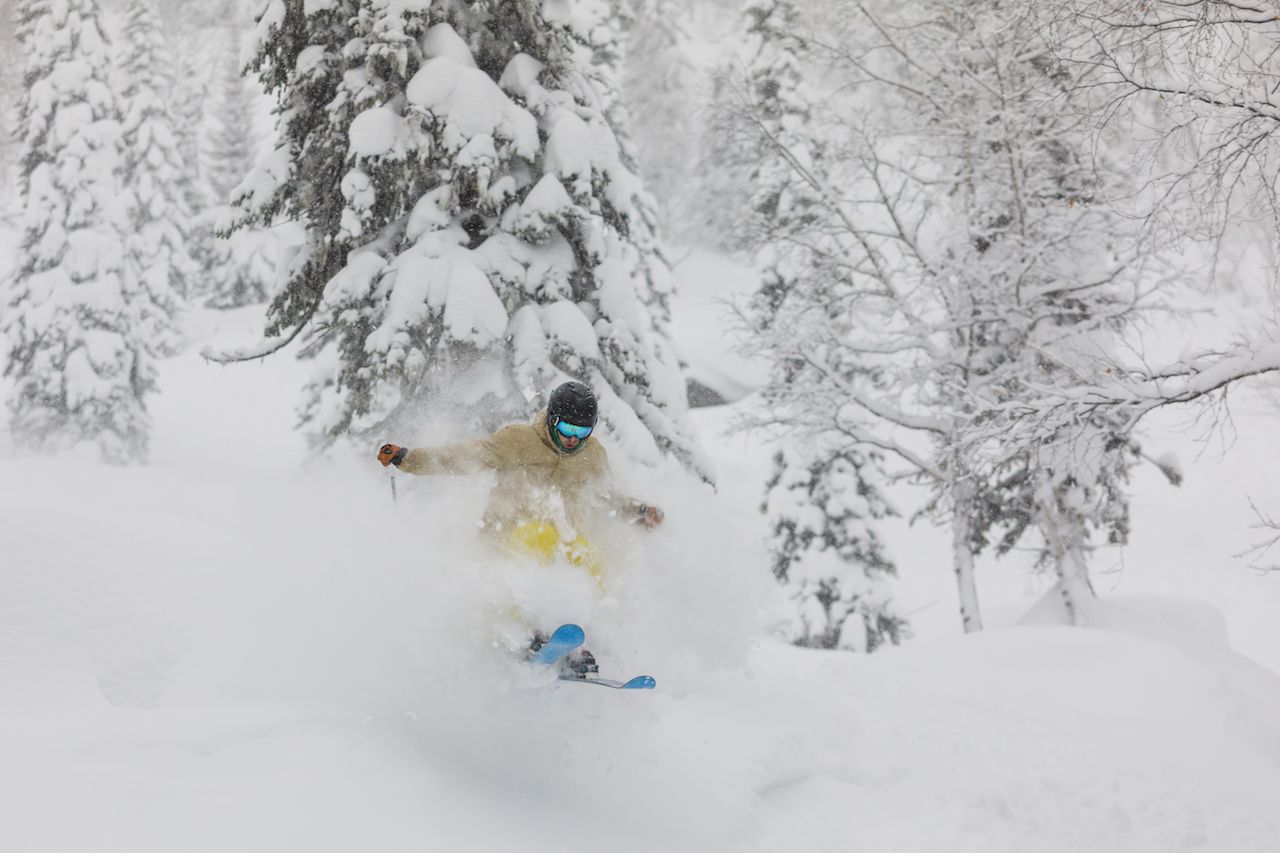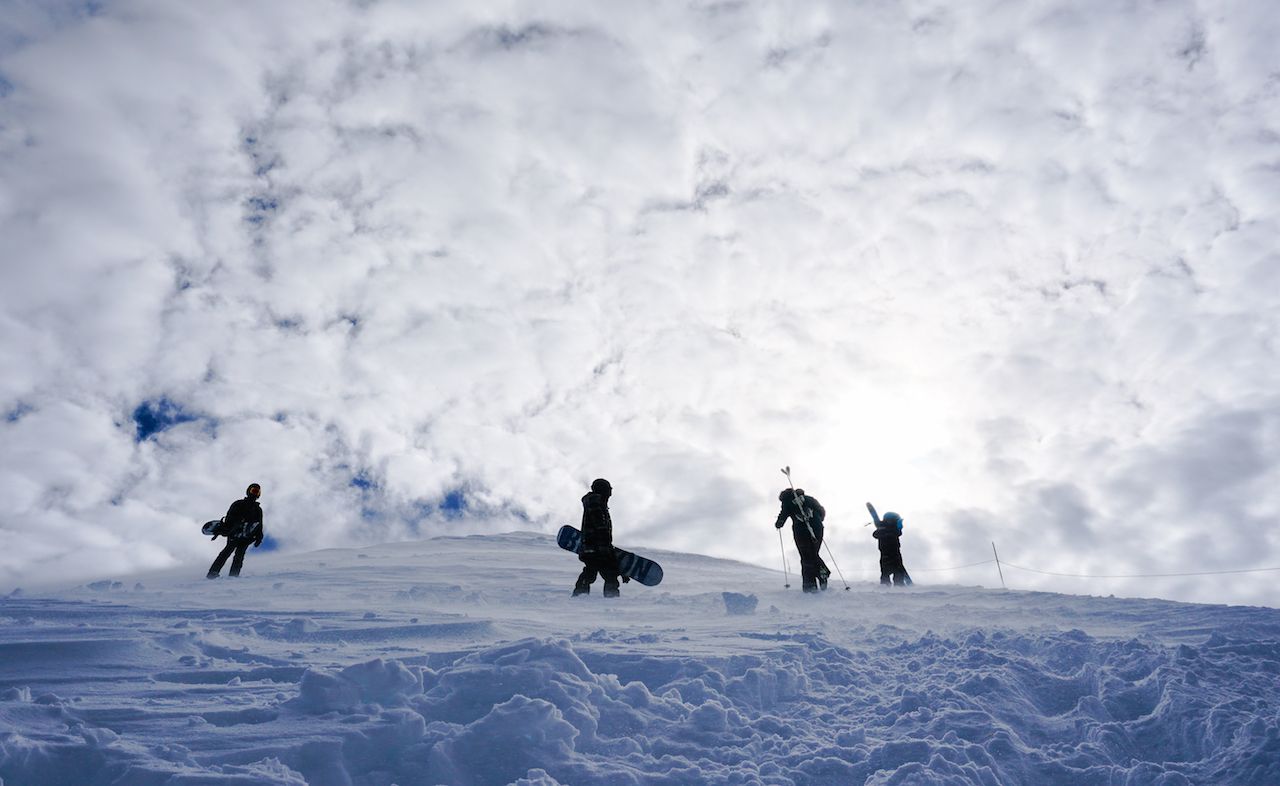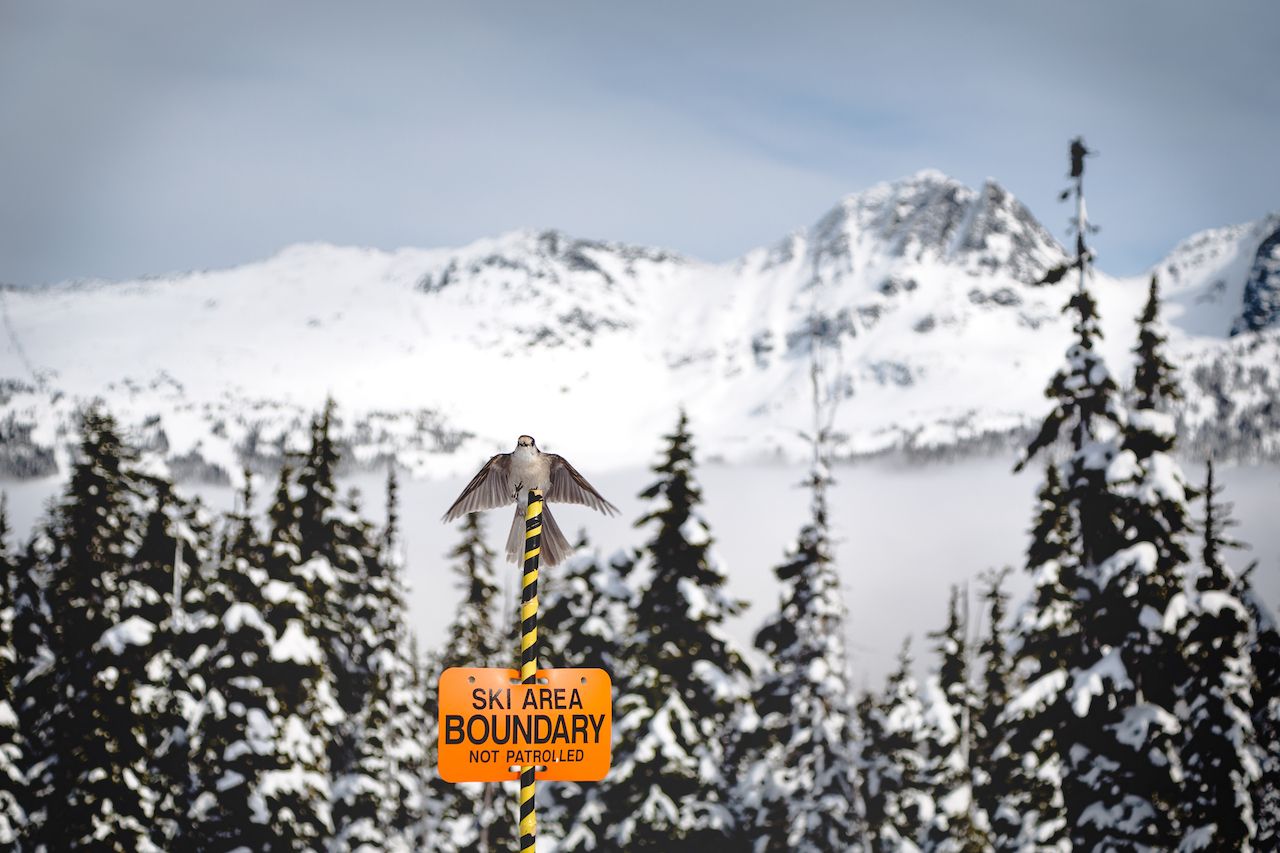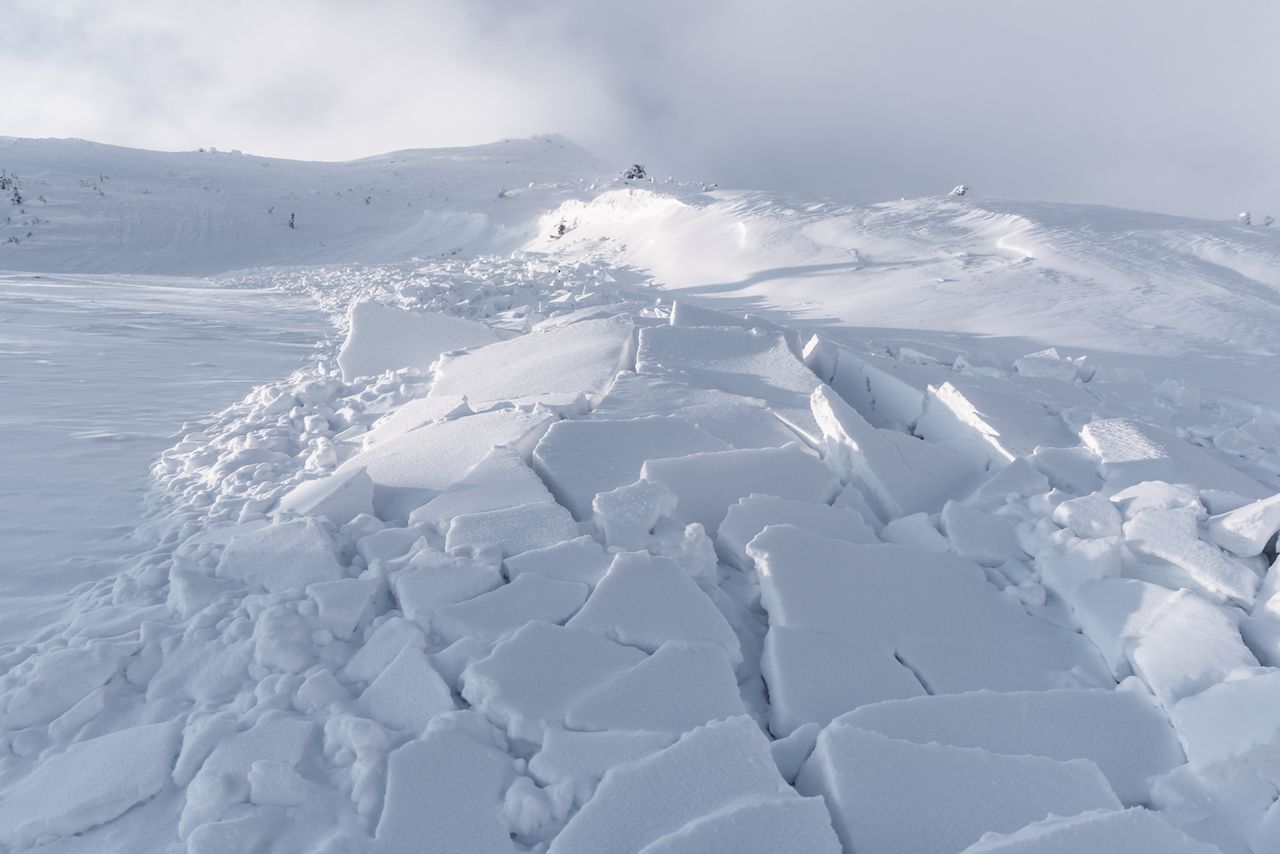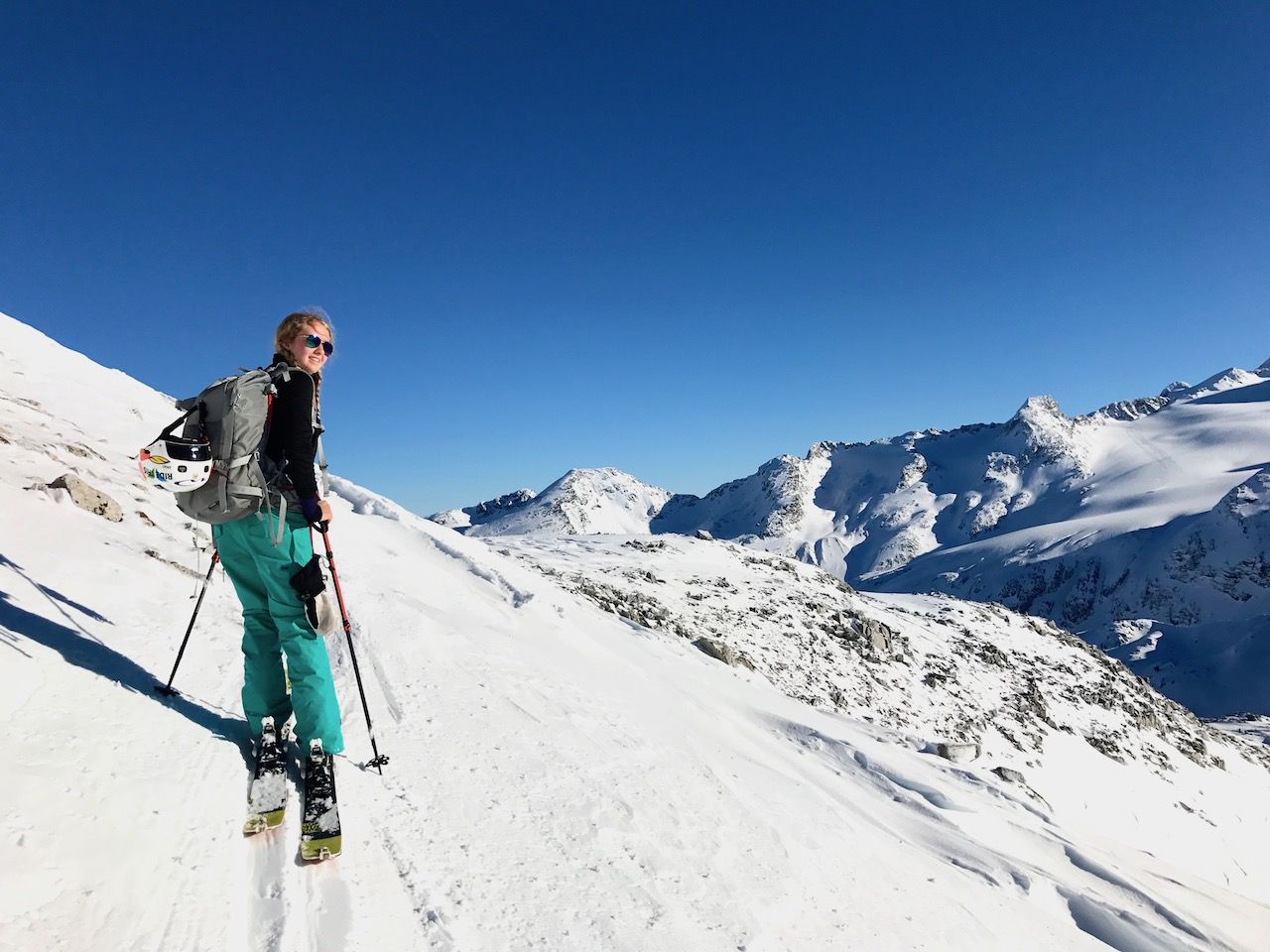A few years ago, Erik Blachford hiked to the top of an inbound peak while skiing at Whistler Blackcomb Resort in British Columbia, Canada. After the effort, he looked to his right and saw lines of ski tracks. To his left was a wide open valley with perfectly untouched powder. It looked inviting.
Although a triathlete with intensive outdoor experience, Erik knew better than to take the bait of the pristine snow. He had no avalanche training, let alone equipment, and didn’t know his way around the out of bounds areas. Instead, he skied right, adding his own tracks to the well-traveled piste, and decided to find out how he could ski out of bounds.

